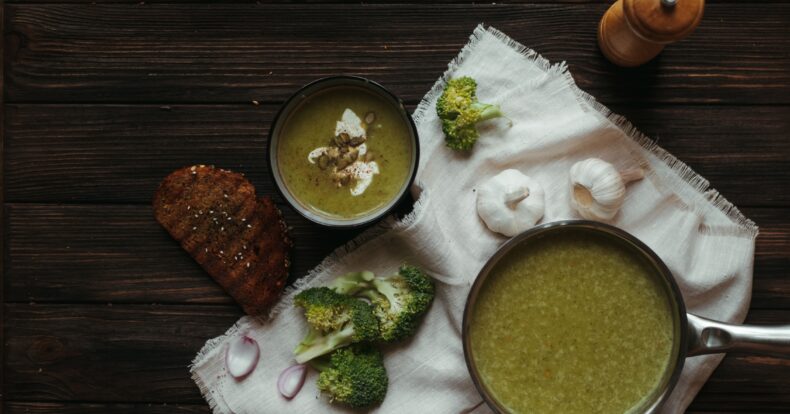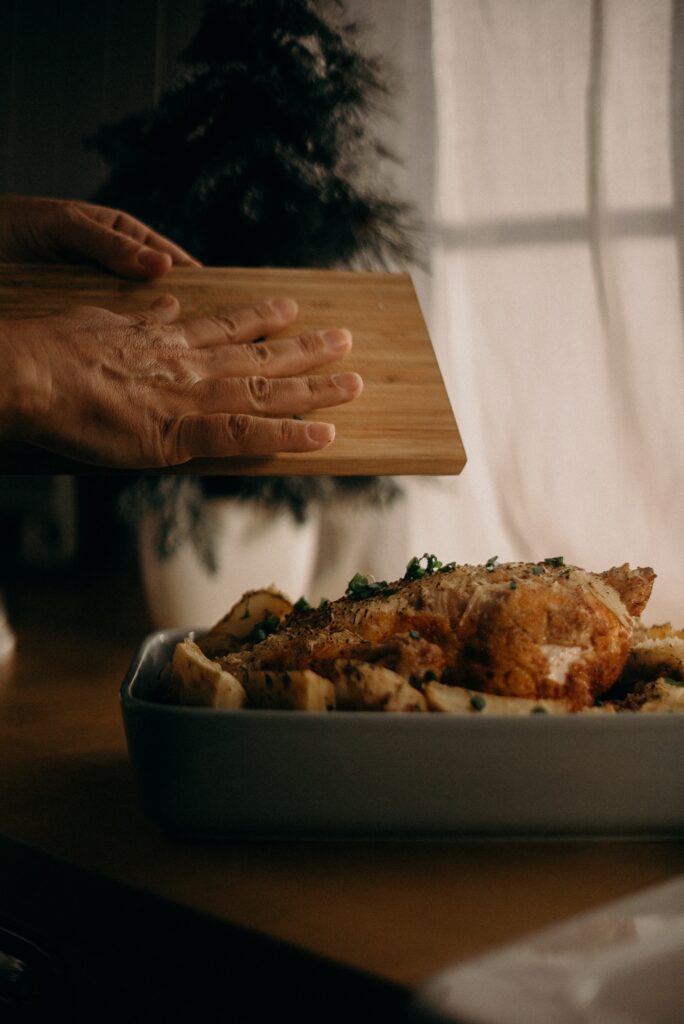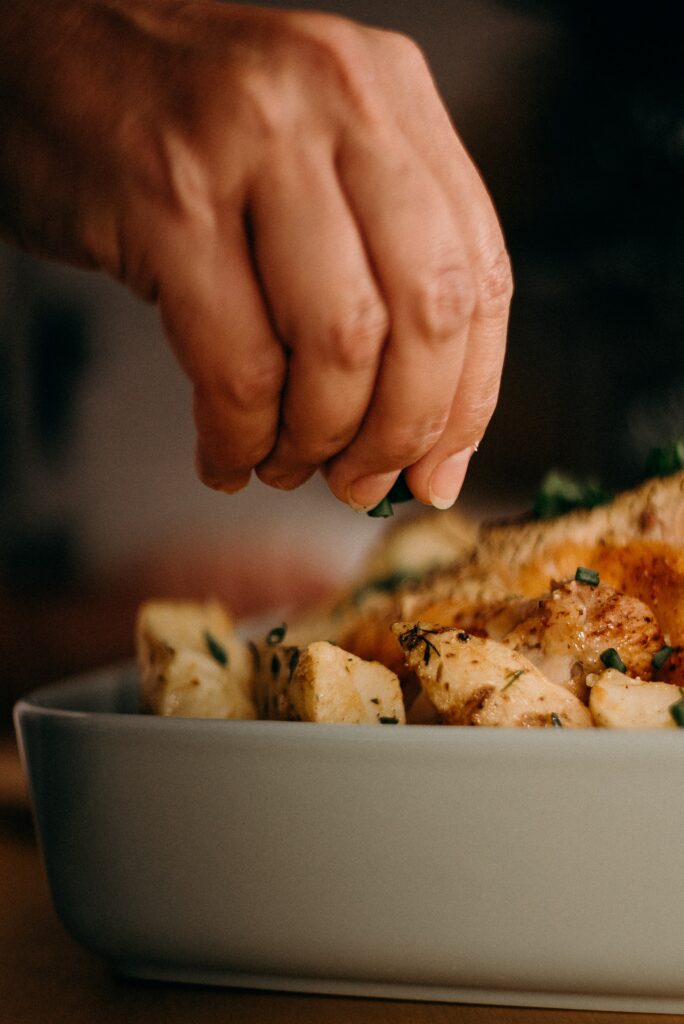Costa Rican Food, Cuisine and Gastronomy

Costa Rican cuisine has a long and interesting history. The original inhabitants of the country are believed to have had a diet based on fruits, vegetables and fish. With the arrival of the Spanish conquistadors in 1560, they introduced new ingredients such as pork, beef and wheat.
Moreover, it is a manifestation of interculturality, with the inheritance of knowledge and associated practices from the many cultures that have influenced Costa Rica over the years. From indigenous peoples to African slaves, from Spanish settlers to Chinese immigrants, each group has left its mark on Costa Rican cuisine.
These influences combined to create a unique cuisine that is both tasty and nutritious. Today, Costa Rican cuisine is an integral part of the country’s culture and identity, with traditional dishes such as gallo pinto (rice and beans) enjoyed by locals and visitors alike.
Costa Rica’s Heritage Cuisine

The most iconic dishes include tortilla, tamales, picadillos and olla de carne. All are staples of the Costa Rican diet and have been enjoyed by locals for centuries.
The traditional Costa Rican diet is mainly composed of ingredients such as beans, rice, corn, yucca root, plantains and tropical fruits. These staples are combined with a variety of meats including chicken and pork, as well as seafood from the Pacific Ocean and Caribbean Sea. Costa Ricans are also known to incorporate some foreign ingredients into their dishes, including spices from Europe and Asia. The result of its diverse culinary influences over time, Costa Rican cuisine is full of flavor and offers an interesting mix of traditional dishes and more modern versions of classic recipes.
Moreover, the country’s culinary history dates back centuries, and many of its traditional dishes are still enjoyed today. An outstanding feature of Costa Rican cuisine is the use of wood-fired and slow cooking, which gives a distinct value to the meals. This suggests that the techniques used to prepare Costa Rican dishes are deeply rooted in culinary traditions.
From the indigenous people to the Spanish colonizers, knowledge and practice were required to create this unique style of cooking. In particular, it was the women who honed their skills in their domestic world and passed them down from generation to generation. This tradition has continued to this day with each generation adding their own touch to traditional dishes.
The essence of the cuisine

One of the most distinctive elements of Costa Rican cuisine is the tendency to finely chop food before cooking. It is believed that this technique originated with African slaves who were brought to Costa Rica during the colonial era. Since then, it has become a staple in traditional dishes such as gallo pinto, tamales and empanadas.
In other words, it highlights the unique blend of traditional and modern cooking techniques that have been developed over the centuries. Another distinctive feature is the use of natural seasonings to enhance flavors. These seasonings include cilantro, oregano, garlic, onion, bell pepper, lime juice, chiles and achiote (annatto). Local fruits such as mangos, papayas and pineapples are also used by Costa Ricans in their dishes. In addition, rice is also an important part of their diet. As for sweet dishes, vanilla essence, cloves and cinnamon are used; although in Caribbean lands the use of ginger, nutmeg, hibiscus and coconut is common.
The heritage cuisine is a manifestation of interculturality, with the inheritance of productive practices from the indigenous peoples to the Spanish settlers and more recent immigrants. Through this history, we can learn about the diverse ingredients and techniques used to create traditional dishes that have been passed down from generation to generation in Costa Rica.
Also, we can explore how these recipes have evolved over time as new ingredients and cooking methods were introduced. By understanding the history of cooking in Costa Rica, we can appreciate the diversity of its cuisine and learn about its cultural identity.
Finally, the cooking methods used in Costa Rica have been passed down from generation to generation. In many homes, the traditional way of cooking is still preferred to modern technology, with wood stoves or open fireplaces being used for most meals. However, electric stoves are also becoming more popular in some parts of the country, as they provide a more efficient way to cook food.
No matter which method is used, one thing is for sure: Costa Rican cuisine is full of flavor and has a unique identity that sets it apart from other Latin American cuisines.
Sensorial Sunsets
Navigate articles





